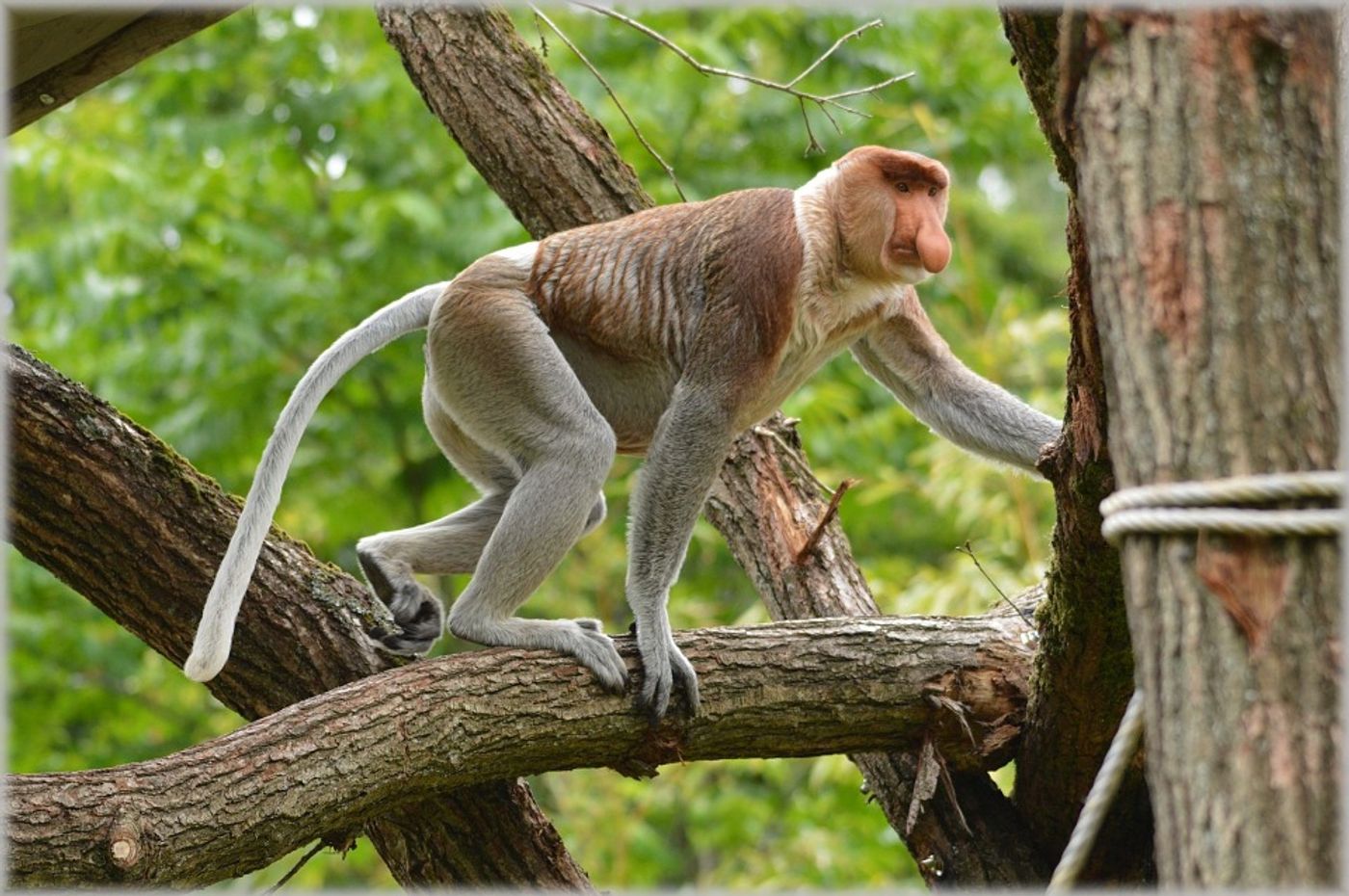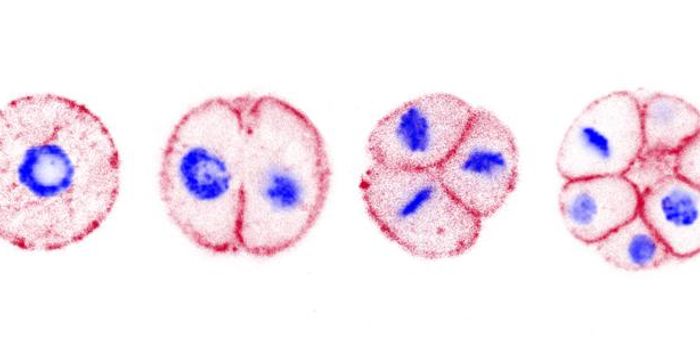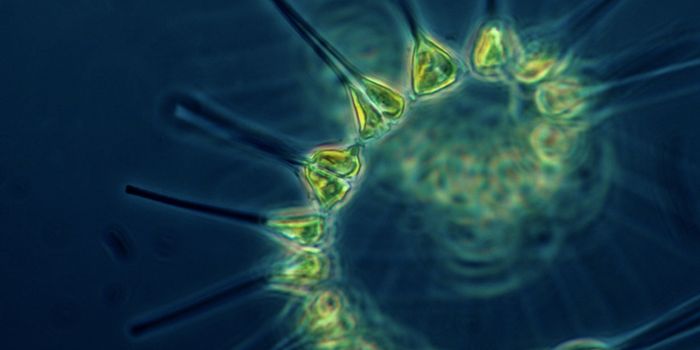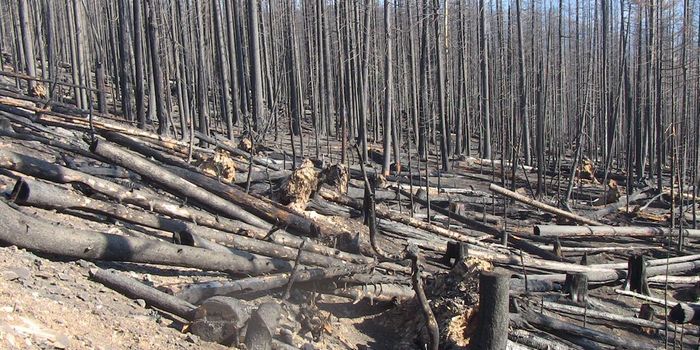Habitat Changes Are Impacting the Proboscis Monkey
Endemic to the island of Borneo, the humble proboscis monkey (Nasalis larvatus) tries its best to survive despite several threats that pit all odds against it. Factors such as deforestation and habitat destruction continue to wreak havoc on the species, keeping populations at bay and preventing any progress in the conservation department.
Image Credit: Pixabay
The disastrous situation encompassing the proboscis monkey has received a lot of attention from international conservationists – so much so that the International Union for Conservation of Nature (IUCN) recognizes the species as endangered on the organization’s Red List. Sadly, proboscis monkey populations in Borneo are still on the decline.
Citing a decade-long study conducted from 2004 to 2014 by an international team of scientists, the conversion of Bornean swamp forests into palm oil plantations is being identified as the single most significant threat to the proboscis monkey today. Obviously, something needs to happen before it’s too late for the species to recover.
The researchers spent much of their time evaluating population sizes throughout the ten-year period, and while population densities had seemed to fluctuate minimally, they did observe a substantial reduction in the size of individual proboscis monkey groups.
“[Probiscus monkeys] are classified as endangered and are also a Totally Protected species in Sabah. Despite these levels of protection, lowland swamp forest habitats that are important for this species are still decreasing, mainly through forest conversion to oil palm plantations,” explained Augustine Tuuga, the director of Sabah Wildlife Department.
Related: Watch as a brave monkey saves a mouse from a hungry snake
The researchers allegedly went on to explore habitats in protected reserves and found little change in proboscis monkey populations. With that in mind, it can be inferred that these habitat protections benefit proboscis monkey populations.
On the other hand, the researchers also found evidence for “degraded and fragmented” habitats in these protected areas, which could explain why group numbers are shrinking. Smaller groups result in slower population growth, which makes it tougher for the species to rebound after being dealt such a significant blow.
Things looked even worse outside of protected areas, where at least 12 percent of forests were lost. The researchers estimate that this, in and of itself, could threaten nearly 23% of the remaining proboscis monkey population. Furthermore, that number could rise if something isn’t done to protect these precious swamp forest habitats before it’s too late.
“At least a third of these forests has been allocated for oil palm cultivation,” added Dr. Benoit Goossens from Cardiff University. “Further efforts must be undertaken to more effectively conserve high-value habitats and to restore swamp forest areas – this is vital for ensuring the survival of this endangered species.”
Related: Similarities and differences between human and monkey brains
Given the circumstances, it remains to be seen whether the proboscis monkey has a chance to survive; but we seriously doubt conservationists will quit fighting until every last thing has been done to preserve the species.
Source: Cardiff University, IUCN









